
How to Fix a Thin Necklace Chain With These Easy Tips
How to fix a thin necklace chain starts with assessing the damage, whether it’s kinks, breaks, or discoloration. Gather essential tools like needle-nose pliers, wire cutters, and a soft cloth. Lay the chain flat to carefully untangle knots using a pin. If links are broken, solder them securely or replace the chain if the damage is too severe. Regular cleaning with mild soap helps maintain its shine. For a delicate yet durable option, explore our Thin Gold Necklace collection for timeless pieces that last.
Assessing the Damage: Identifying Common Issues
Before you can fix your thin necklace chain, you need to assess the damage by identifying common issues that may have arisen.
Start by examining the chain material; whether it's gold, silver, or another metal, each has unique wear patterns. Look for signs of kinks, breaks, or weakened links. Kinks often indicate stress on the chain, while breaks suggest a more significant issue.
If you notice wear patterns, like discoloration or thinning, it's essential to determine if the chain has been stretched or pulled excessively.
Inspect the clasp as well, as this component often endures the most wear. By pinpointing these issues, you'll better understand what repairs are necessary, ensuring your necklace can be restored to its original condition.
Gathering Your Tools: What You'll Need
To effectively repair your thin necklace chain, you'll need several essential tools at your disposal.
Start with a tools checklist that includes a pair of needle-nose pliers, which will help you manipulate small components without damaging them. You'll also require a magnifying glass for a close-up view of intricate details.
Scissors or wire cutters are necessary for trimming any damaged links. Additionally, stock up on essential supplies like jump rings and a sturdy clasp to replace broken parts.
A soft cloth is useful for cleaning the chain before repairs. Make certain you have a workspace with good lighting to guarantee precision during the repair process.
With these tools and supplies ready, you'll be set to tackle your necklace chain repair.
Untangling Your Necklace: Step-by-Step Guide
How can you effectively untangle your necklace chain without causing further damage?
First, lay the necklace flat on a soft surface, ensuring you can see all the necklace tangles. Identify the chain knots; gently pull at the ends to loosen them.
Use a thin pin or needle to carefully tease apart the knots, working from the outer edges inward. If the tangles are tight, consider applying a drop of baby oil or lubricant to ease the process.
Keep your movements slow and deliberate to avoid breaking the chain. Once the knots are free, give the chain a gentle shake to confirm all tangles are removed.
Finally, store your necklace properly to prevent future tangling.
Repairing Broken Links: Simple Techniques
Repairing broken links in a necklace chain can often be achieved with just a few simple tools and techniques.
First, identify the broken link and gather your supplies: pliers, a soldering iron, and solder. If the link is small, use link soldering to fuse the ends back together. Heat the soldering iron, apply solder to the joint, and allow it to cool, guaranteeing a strong bond.
If the damage is extensive, consider chain replacement. Remove the damaged section by cutting with pliers and then attach a new link or chain that matches the existing design.
Confirm all connections are secure and inspect the chain for any other weak links, so you can enjoy your necklace without worry.
Fixing a Stubborn Clasp: Quick Solutions
While it might seem frustrating when a clasp on your necklace chain won't budge, there are several effective solutions you can try.
First, identify the clasp type—lobster, spring ring, or toggle—as each may require different handling.
If it's stuck due to debris, use a soft toothbrush to gently scrub around the clasp, focusing on crevices.
For metallic clasps, applying a drop of penetrating oil can help loosen stubborn mechanisms.
If your clasp is made of plastic, warm it with your breath to soften any tight spots.
Finally, if the clasp remains unresponsive, consider using a pair of pliers to grip and turn it carefully, ensuring you don't damage the clasp materials or the chain itself.
Strengthening Weak Areas: Prevention Tips
To prevent your necklace chain from developing weak areas that could lead to breakage, it's essential to regularly inspect and maintain it.
Start by checking for any signs of wear, such as fraying or kinks. Implement chain reinforcement techniques, like adding a protective coating or using a thicker gauge chain if applicable.
When wearing your necklace, avoid activities that could cause strain, such as heavy lifting or sports, to guarantee wear prevention.
Store your necklace properly, avoiding tangles or pressure that could compromise its integrity. Additionally, consider using a jewelry pouch or box with soft lining to minimize friction and damage.
Regular maintenance and careful handling will greatly extend your chain's lifespan.
Cleaning Your Necklace: Restoring Shine
Regular maintenance not only strengthens your necklace chain but also keeps it looking its best.
To restore shine, start by selecting appropriate cleaning materials, such as a soft microfiber cloth or a gentle jewelry cleaner. Avoid abrasive substances that could scratch the surface.
Employ polishing techniques like buffing the chain in circular motions, ensuring even coverage and maximum shine. For intricate designs, use a soft brush to reach crevices.
If tarnishing occurs, a mixture of mild soap and water can effectively clean the chain; just remember to rinse thoroughly and dry it completely afterward.
Regularly applying these techniques not only enhances the appearance of your necklace but also prolongs its life, keeping it radiant for years to come.
Storing Your Necklace Properly: Avoiding Future Damage
Properly storing your necklace is essential for preventing future damage and maintaining its integrity. To achieve proper storage, invest in a dedicated jewelry organizer with compartments, which helps keep your necklaces untangled and free from scratches.
Avoid placing your necklace in a pile with other jewelry; this can lead to kinks and breakage. Instead, hang your necklace on a padded hook or use a soft-lined box. Additionally, if your necklace has a delicate chain, consider wrapping it in a soft cloth to provide extra protection.
Make sure that your storage area is dry and away from direct sunlight to prevent tarnishing. Following these necklace organization tips will extend the life of your cherished pieces considerably.
When to Seek Professional Help: Knowing Your Limits
Even with the best storage practices, there might come a time when you encounter issues with your thin necklace chain that are beyond a simple fix.
Recognizing limitations is essential; if your chain has a significant break or a damaged clasp, that's when to consult a professional jeweler. Attempting to repair intricate links without the right tools can lead to further damage.
Additionally, if you notice unusual wear or tarnishing that doesn't improve with cleaning, it's wise to seek expert advice. Professionals can assess the integrity of the chain and perform repairs with precision, ensuring your necklace remains safe and wearable.
Trust your instincts—if you're uncertain, it's always better to consult an expert than risk damaging your treasured piece.
Caring for Delicate Chains: Maintenance Tips
While delicate chains can enhance any outfit, they require careful maintenance to preserve their beauty and longevity.
Start with regular chain maintenance: gently wipe your chain with a soft, lint-free cloth after each wear to remove oils and dirt. Avoid exposure to harsh chemicals or perfumes, as these can tarnish the metal.
When storing, keep your necklace in a separate compartment or a soft pouch to prevent tangling and scratching. If your chain shows signs of wear, consider using a gentle jewelry cleaner specifically designed for delicate pieces.
Always handle your chain with clean hands to prevent transferring oils. Following these jewelry care practices will guarantee your delicate chains remain stunning and intact for years to come.
Frequently Asked Questions
Can I Use Super Glue for Necklace Repairs?
You shouldn't use super glue for necklace repairs. While its bond strength might seem appealing, it can damage delicate materials. Instead, consider specialized adhesive options for effective super glue applications and reliable necklace repair tips.
How Do I Know if My Necklace Is Real Gold?
To determine if your necklace is real gold, conduct gold authenticity tests. Look for identifying gold markings, such as karat stamps, and perform a magnet test; genuine gold won't be attracted to magnets.
Can I Wear My Repaired Necklace While Swimming?
You should avoid wearing your repaired necklace while swimming. Water can weaken the repair and cause damage. Always follow swimming precautions and practice proper necklace care to maintain its integrity and appearance.
What Type of Chain Is Easiest to Repair?
When considering chain materials, gold-filled or sterling silver chains are easiest to repair. Their durability allows for various repair methods, like soldering or using jump rings, ensuring effective fixes without compromising the chain's integrity.
How Often Should I Clean My Necklace?
You should clean your necklace regularly, ideally every few weeks, to maintain its shine and prevent tarnish. Consistent necklace maintenance enhances its longevity, while increasing cleaning frequency helps eliminate dirt and oils that accumulate over time.
Conclusion
By following these straightforward tips, you can effectively fix your thin necklace chain and restore its beauty. Whether you're untangling knots, repairing links, or addressing clasp issues, you'll find that most repairs are manageable with the right tools and techniques. Remember to clean and store your necklace properly to prevent future damage. If you encounter a problem beyond your skills, don't hesitate to seek professional help to guarantee your cherished piece stays in excellent condition.








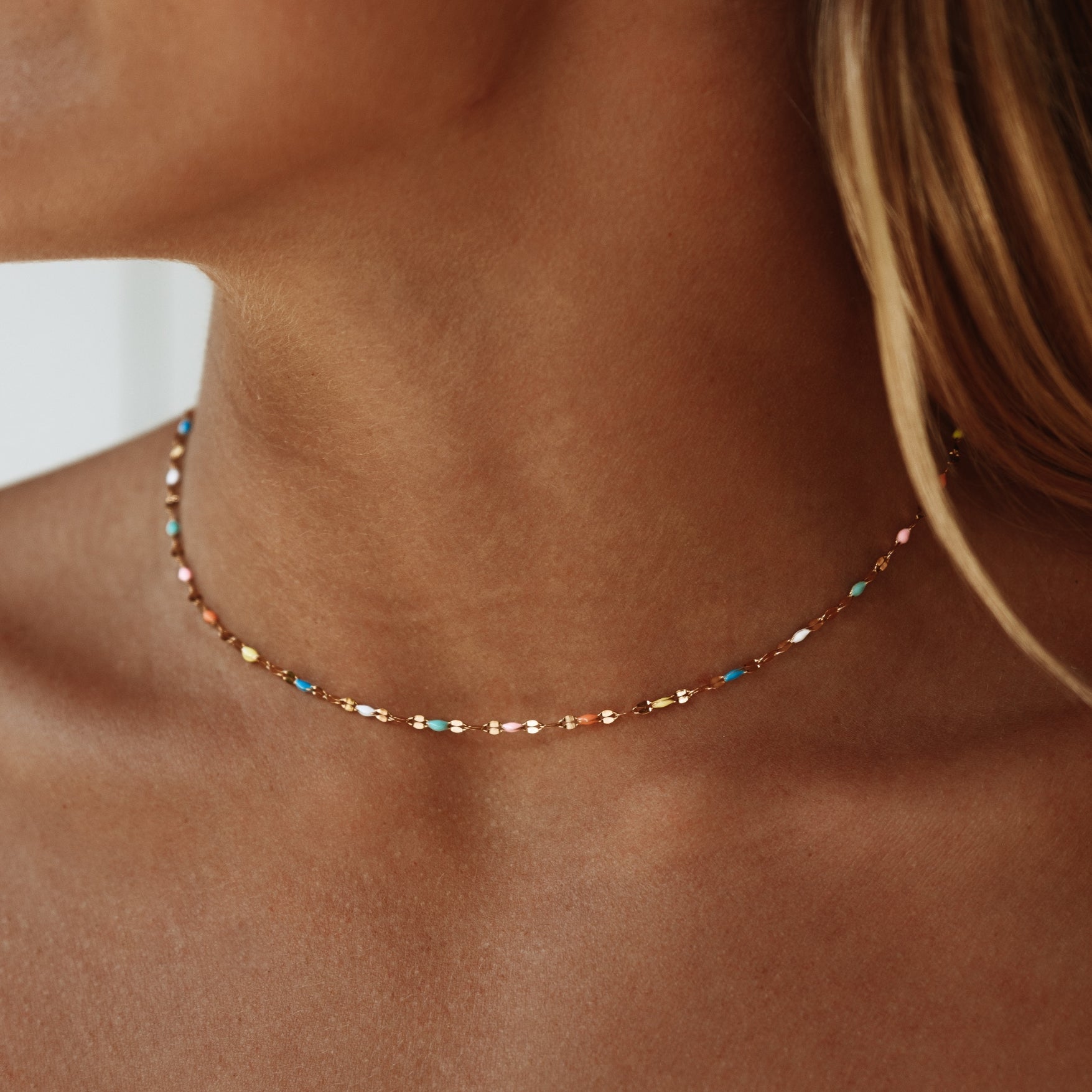
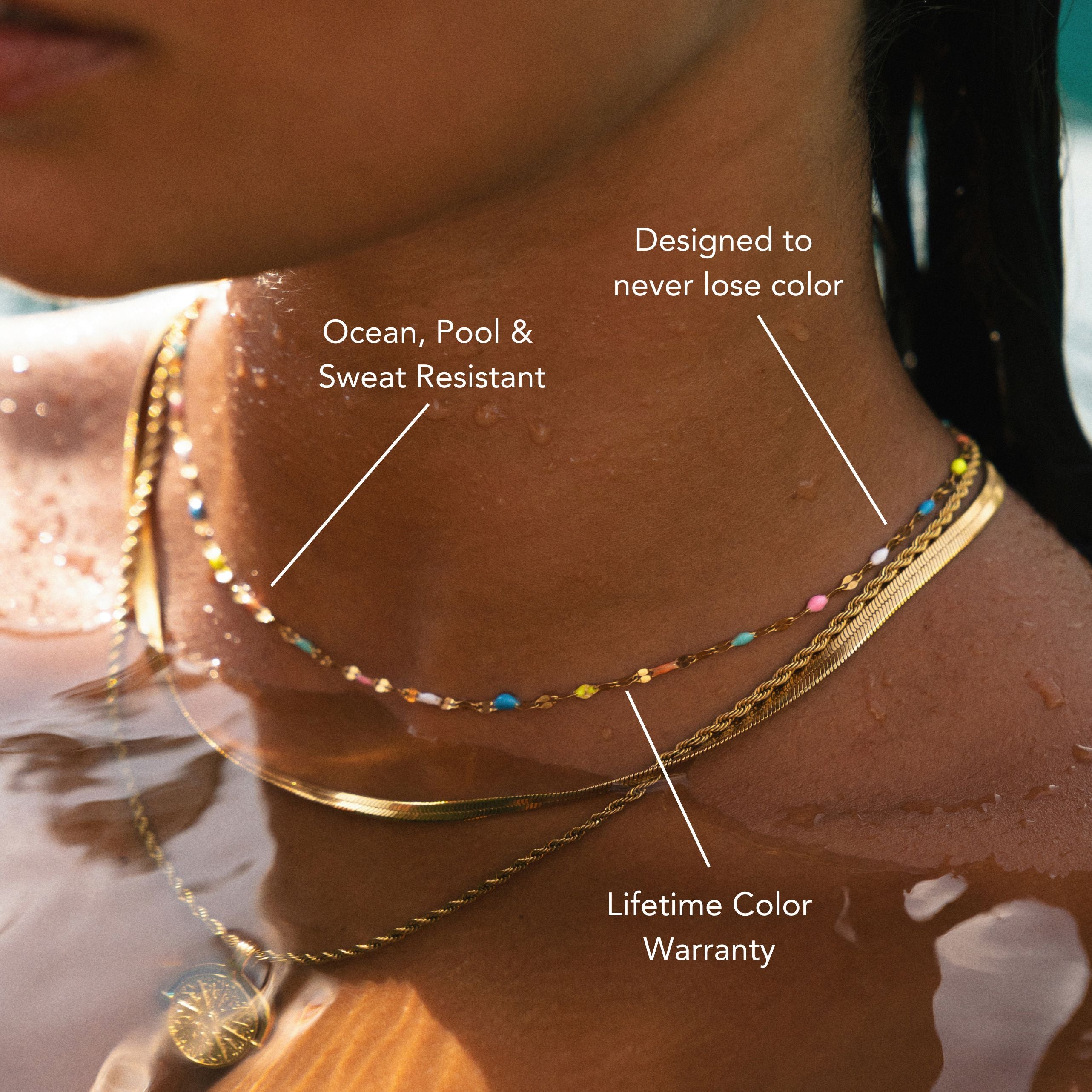
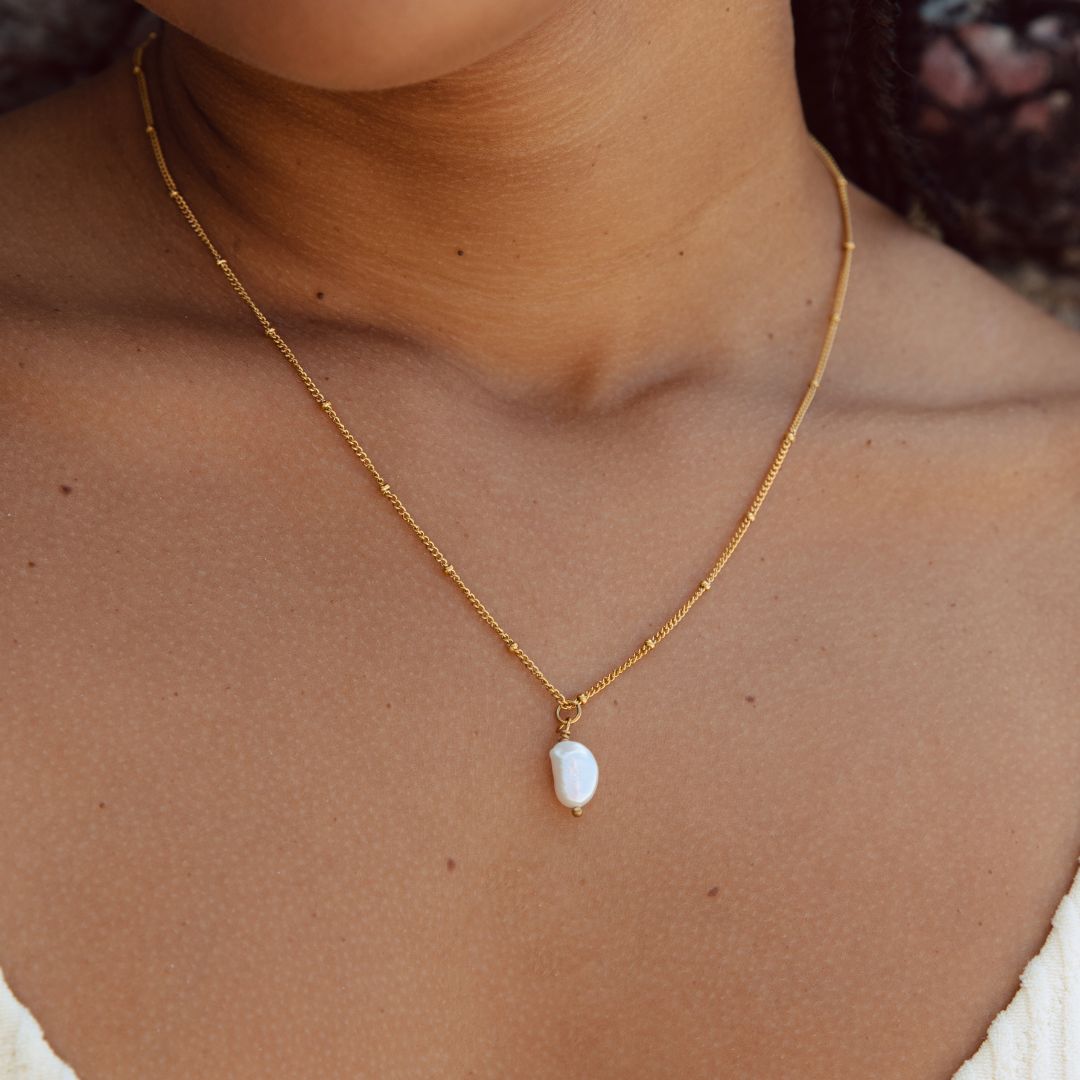

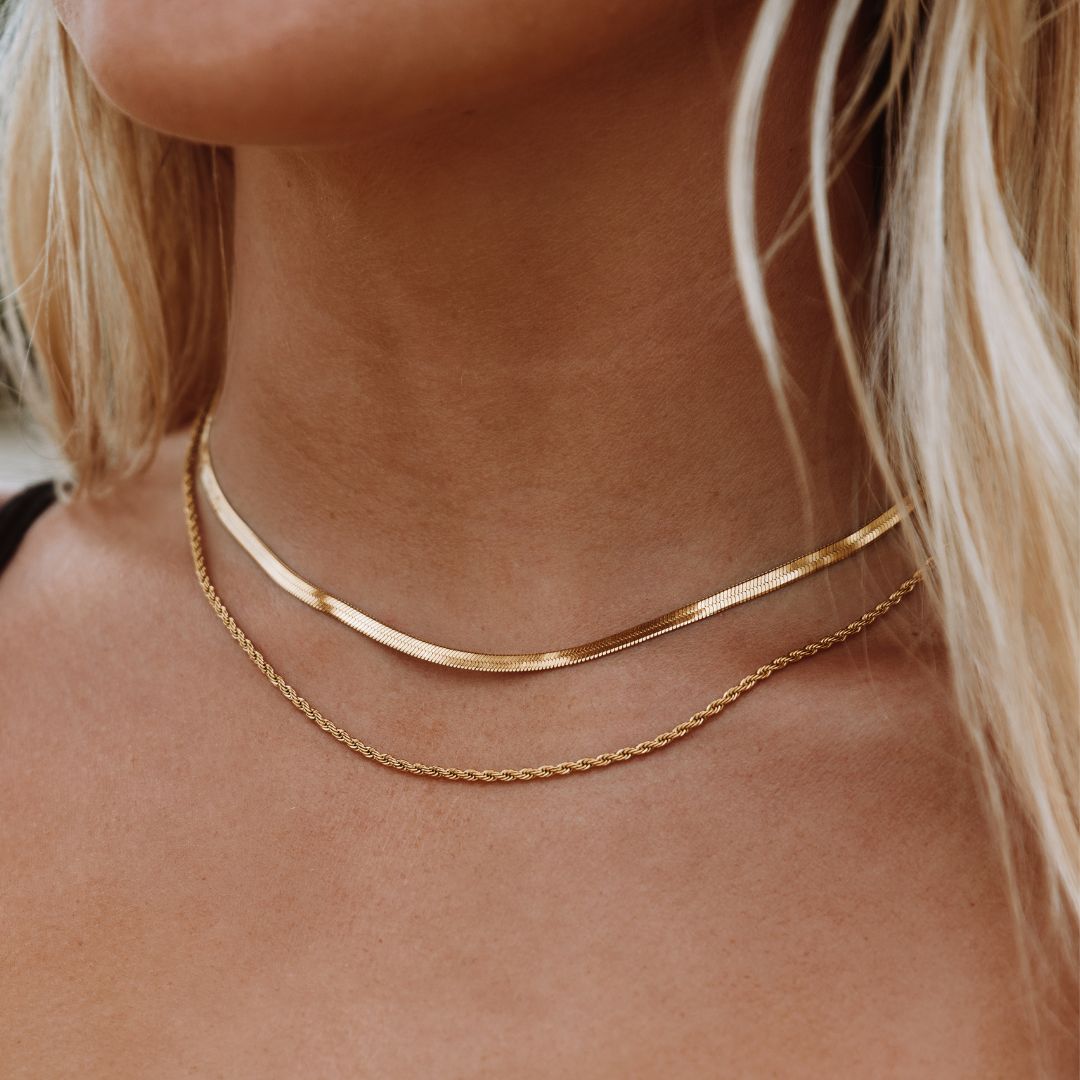
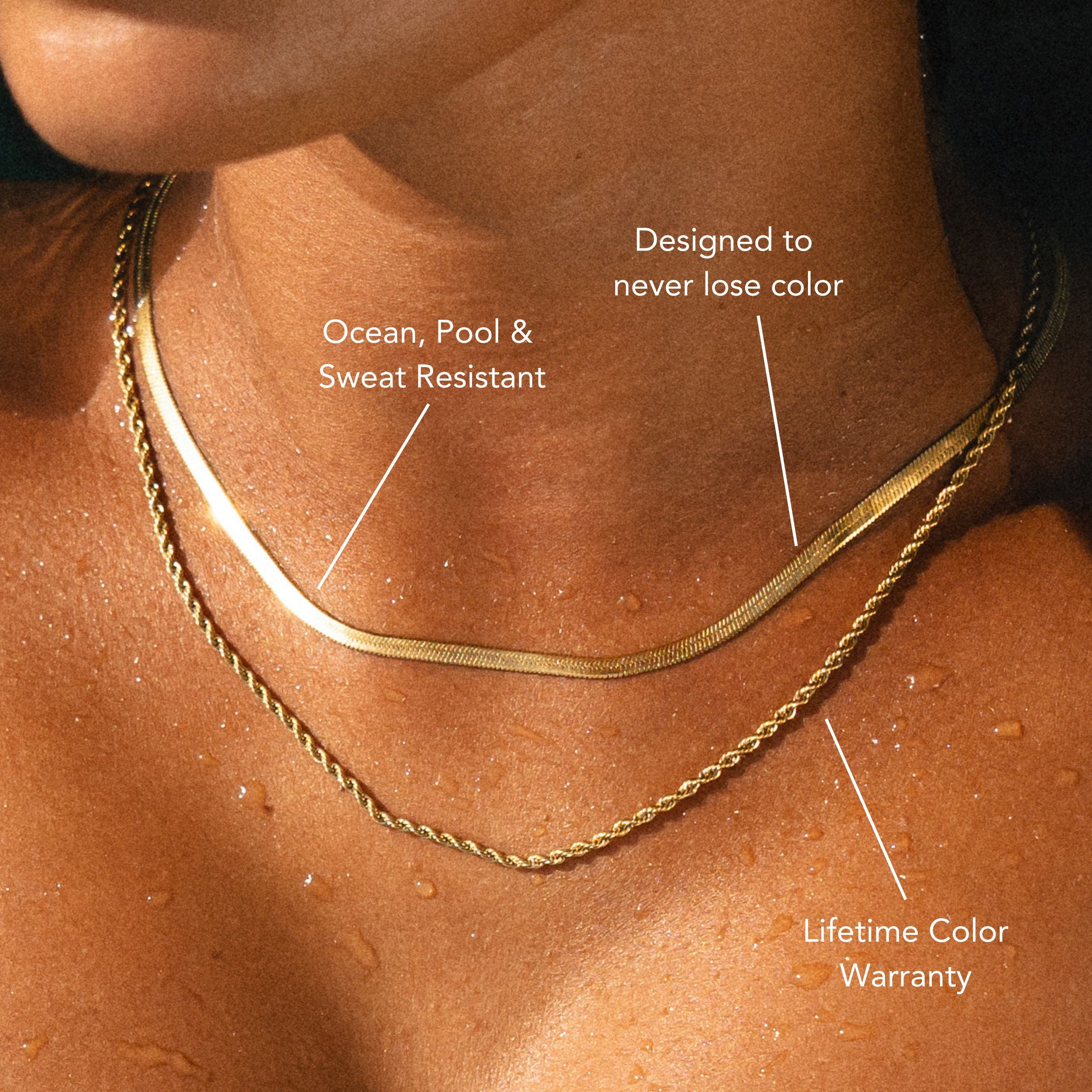
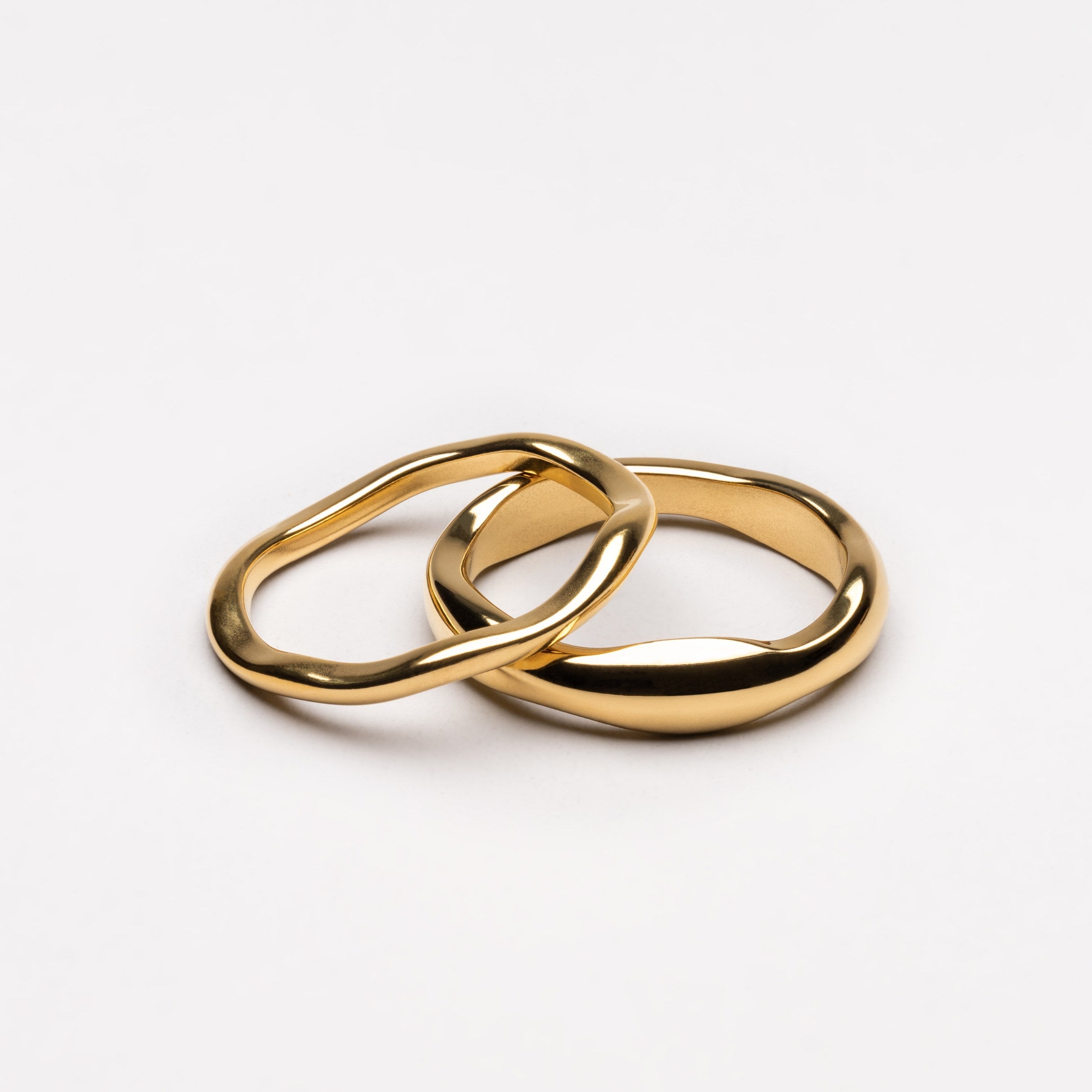

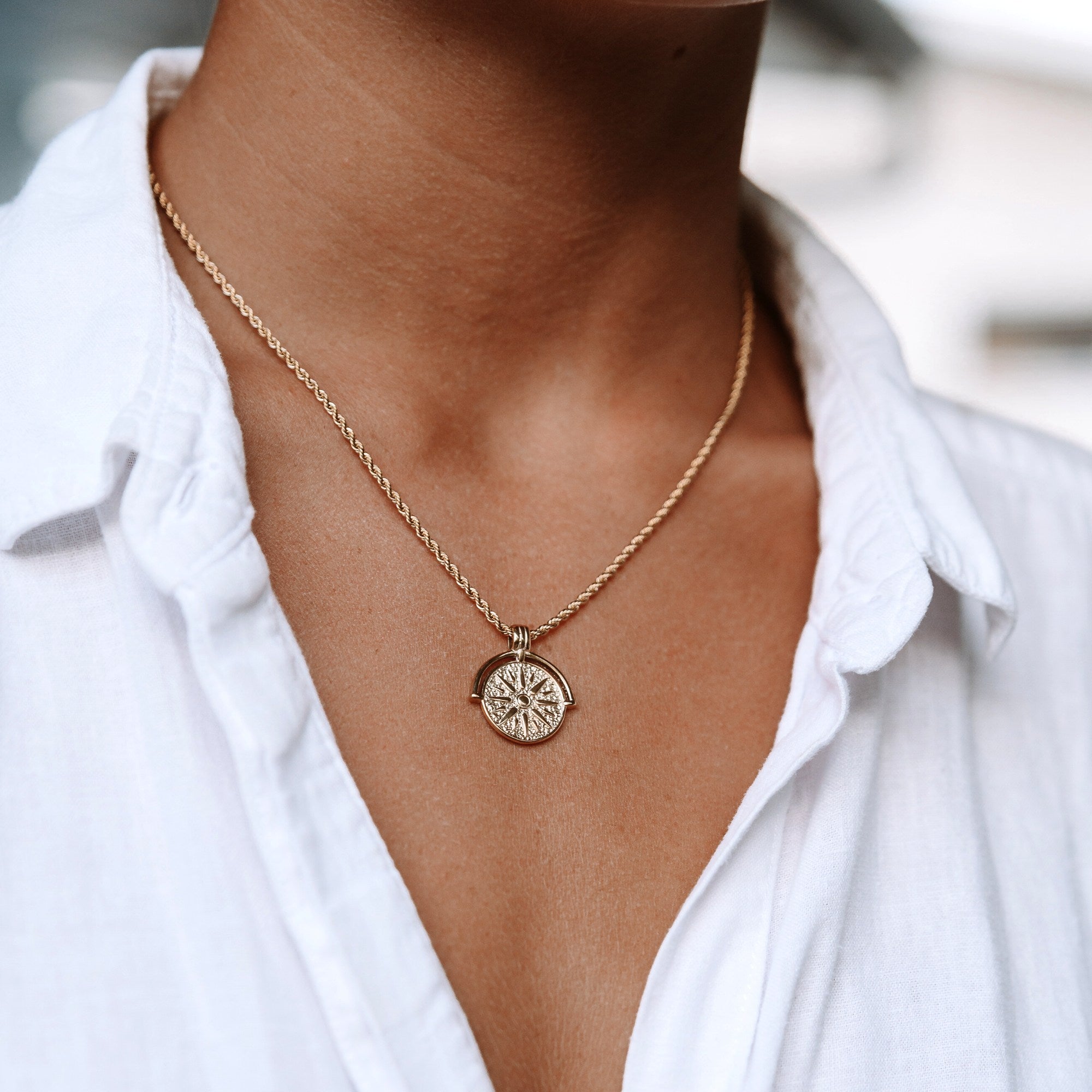
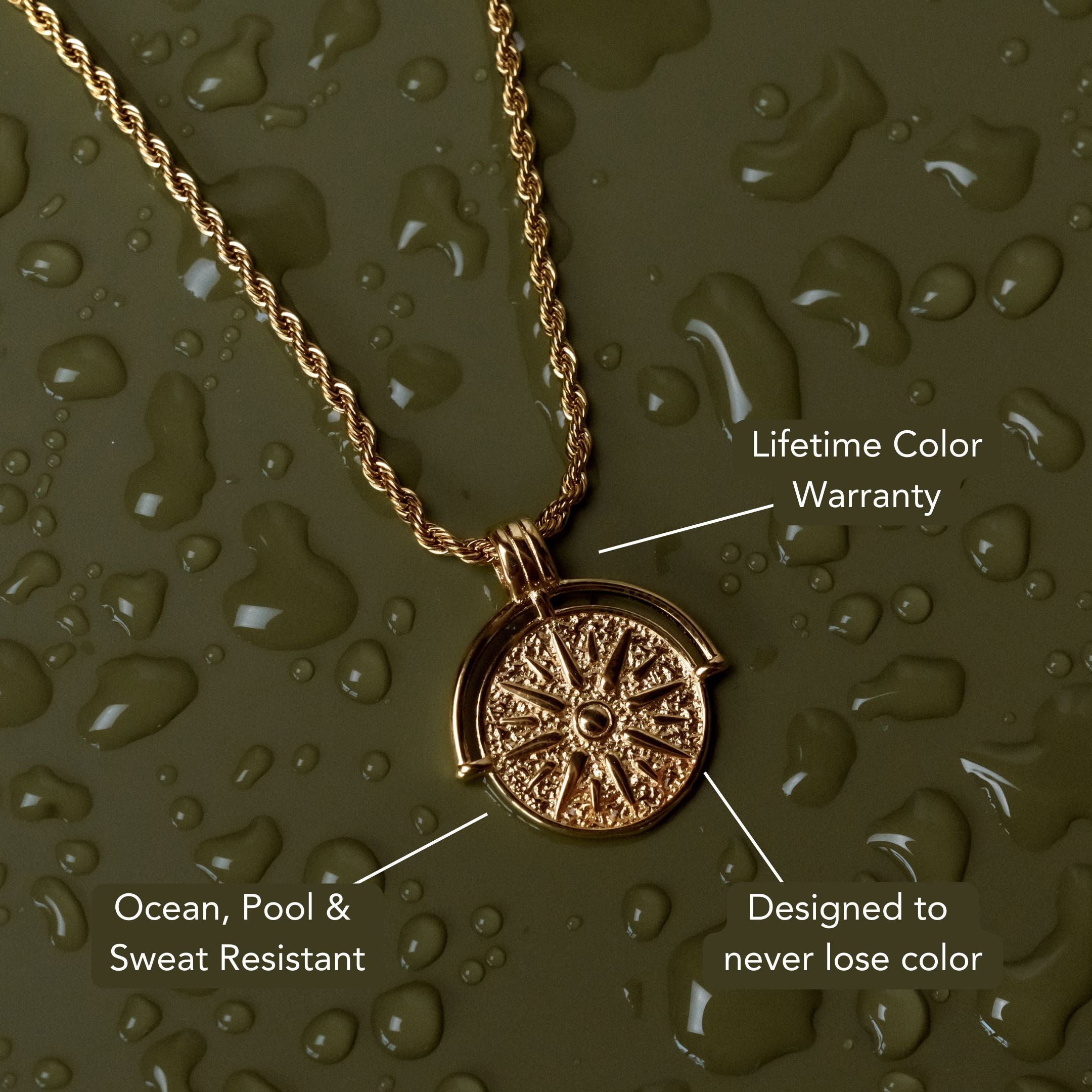
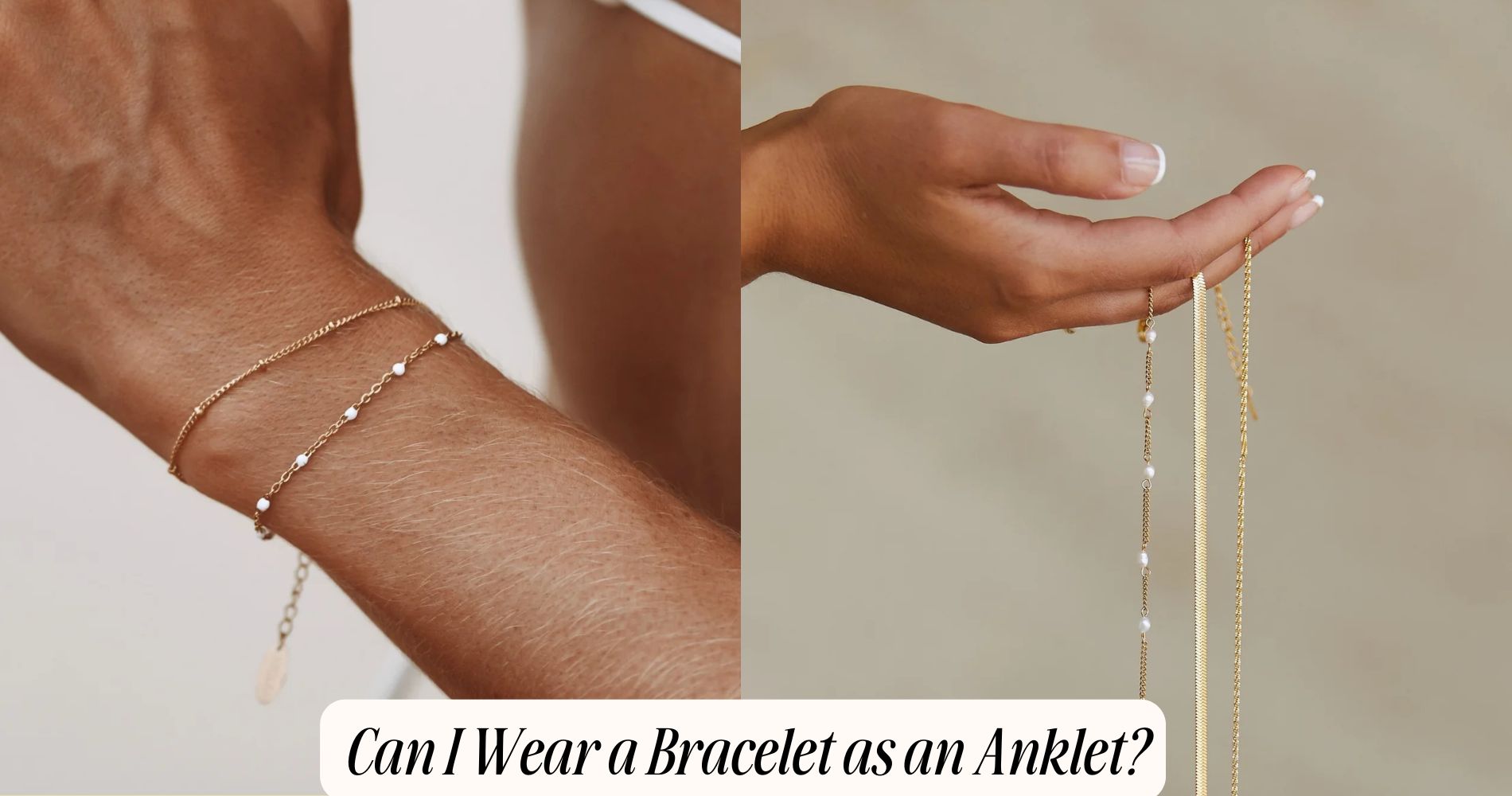
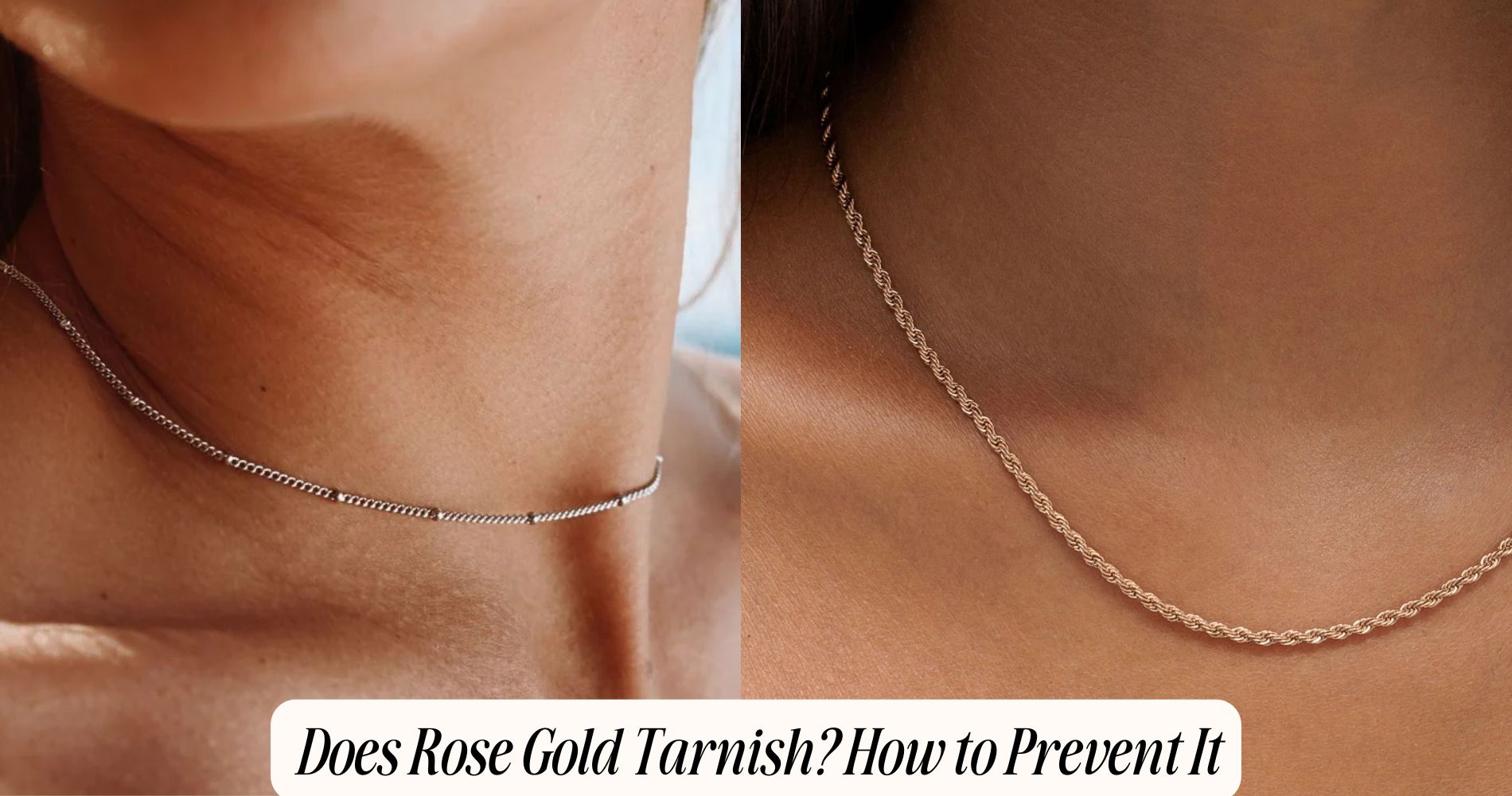




Leave a comment
This site is protected by hCaptcha and the hCaptcha Privacy Policy and Terms of Service apply.